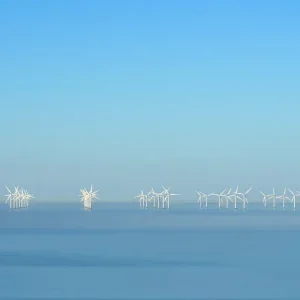In identical letters issued to the public utilities commissions (PUCs) of California, Oregon and Washington, the CEC presented its economic argument for removing the dams and urged the states not to approve an rate hikes that would instead support PacifiCorp, the owner of the dams, in adding fish passages.
The dams are JC Boyle, Copco 1 & 2 and Iron Gate, which together have 169MW of installed capacity. PacifiCorp wants new licenses from the Federal Energy Regulatory Commission (FERC) to operate the facilities for decades longer
Earlier this year, CEC and PacifiCorp traded critiques of their respective cases against and for the dams. In sending the letters to the states, CEC was issuing its economic analysis for the PUCs to consider.
In March, CEC claimed that removing the Klamath dams but improving fish passage at a fifth dam – Keno – was the best economic option for fisheries protection and refuted the findings of a study undertaken by a consultant for PacifiCorp. The utility said the study concluded there were flaws in the CEC analysis, but which the Commission rejected.
PacifiCorp wants to invest approximately US$300M to protect fisheries by installing fish ladders. CEC wants the dams gone, and while having admitted it ‘rectified’ some data in its analysis following the report from the consultant acting for PacifiCorp, it claimed the re-analysed economic case for dam removal was even stronger.
In the letters, CEC said the FERC relicensing process for the Klamath dams presented a ‘once-in-a-generation’ chance to restore the river habitat. It argues that the dams have significant environmental impact in relation to the electricity obtained from the facilities. The Commission has urged that the only rate rise approval in relation to the dams is for cost recovery for decommissioning.






